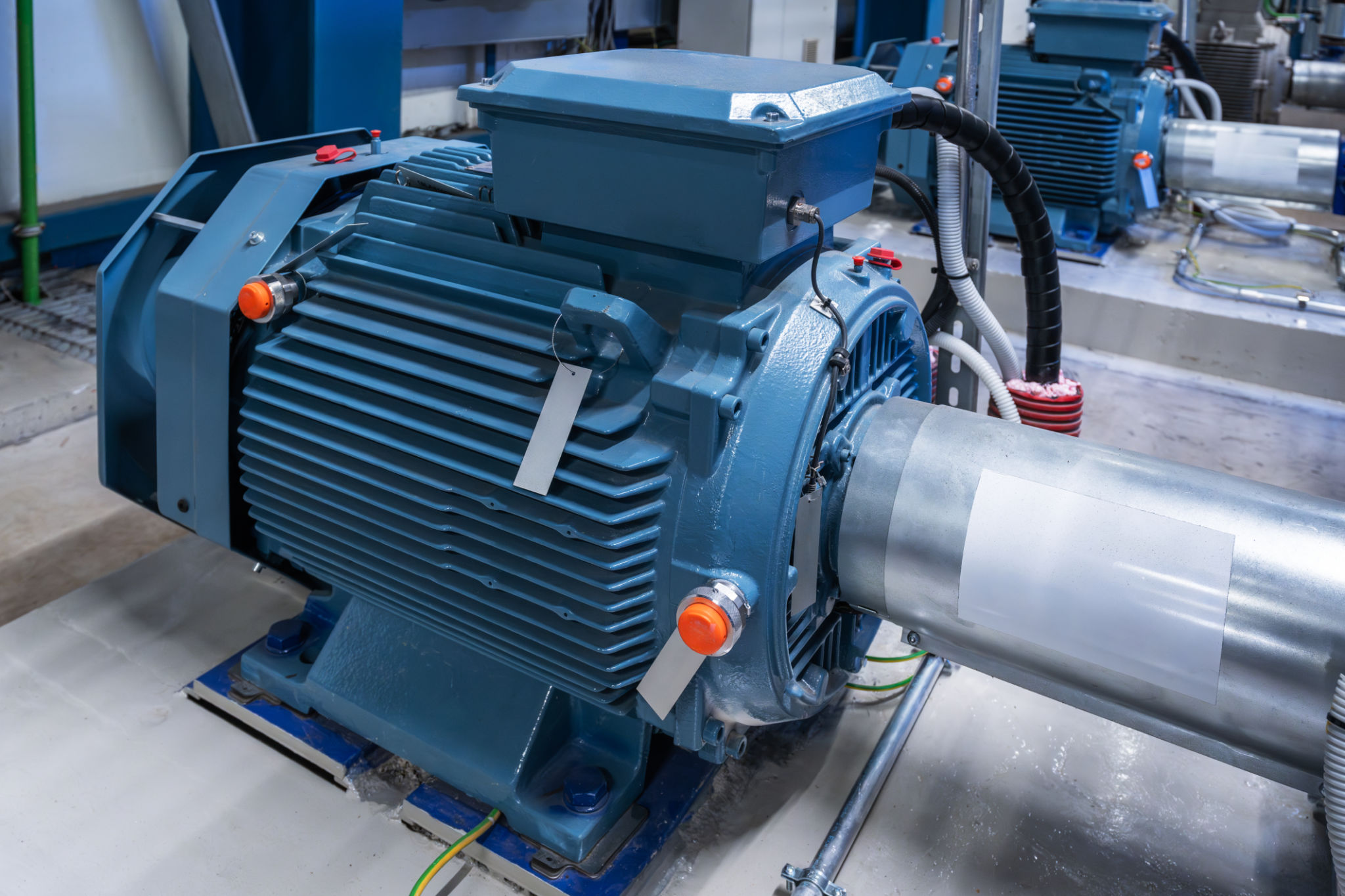Common Misconceptions About Electric Powertrain Systems Debunked
The Basics of Electric Powertrain Systems
Electric powertrain systems are often perceived as complex and mysterious. However, they are quite straightforward once you understand the basic components and their functions. An electric powertrain primarily consists of a battery, an electric motor, and a controller. This system works together to convert electrical energy into mechanical energy, propelling the vehicle forward efficiently.

Misconception 1: Electric Vehicles Have Limited Range
A common misconception is that electric vehicles (EVs) cannot travel long distances. In reality, advancements in battery technology have significantly increased the range of modern EVs. Many current models can travel over 250 miles on a single charge, with some luxury models even surpassing 400 miles. This range is more than sufficient for most daily commutes and even longer journeys.
Moreover, the expanding network of charging stations across cities and highways makes it easier than ever to recharge on the go, alleviating any range anxiety that drivers may have.
Misconception 2: Electric Powertrain Systems Are Unreliable
Another widespread belief is that electric powertrain systems are less reliable than traditional internal combustion engines (ICE). In fact, EVs have fewer moving parts, which reduces the risk of mechanical failures and increases overall reliability. The absence of components such as the gearbox, clutch, and exhaust system simplifies the drivetrain and minimizes maintenance needs.

Misconception 3: Electric Cars Are Slow
Some people think that electric cars are slow and lack performance. However, electric motors provide instant torque, resulting in rapid acceleration. This characteristic makes many EVs faster than their gasoline counterparts in terms of 0-60 mph times. For instance, several electric models can achieve this benchmark in under four seconds.
This impressive performance is not limited to high-end models. Even affordable electric vehicles offer brisk acceleration, making them an exciting option for drivers who appreciate speed and agility.
Misconception 4: Charging Takes Too Long
The belief that charging an EV takes too long is becoming outdated as fast-charging technologies evolve. While home charging using a standard outlet can take several hours, high-speed chargers can replenish a significant amount of range in just 20 to 30 minutes. Some ultra-fast charging stations can even restore up to 80% of a vehicle's battery in less than 15 minutes.

Why Understanding Electric Powertrains Matters
Dispelling these misconceptions is crucial for the broader adoption of electric vehicles. Understanding the true capabilities of electric powertrain systems helps consumers make informed decisions and embrace cleaner transportation options. As technology continues to advance, the benefits of electric powertrains will likely become even more evident, paving the way for a more sustainable future.
In summary, electric powertrain systems are not only efficient but also reliable and high-performing. By recognizing and debunking these common misconceptions, we can better appreciate the role that EVs play in transforming the automotive industry and reducing our carbon footprint.
